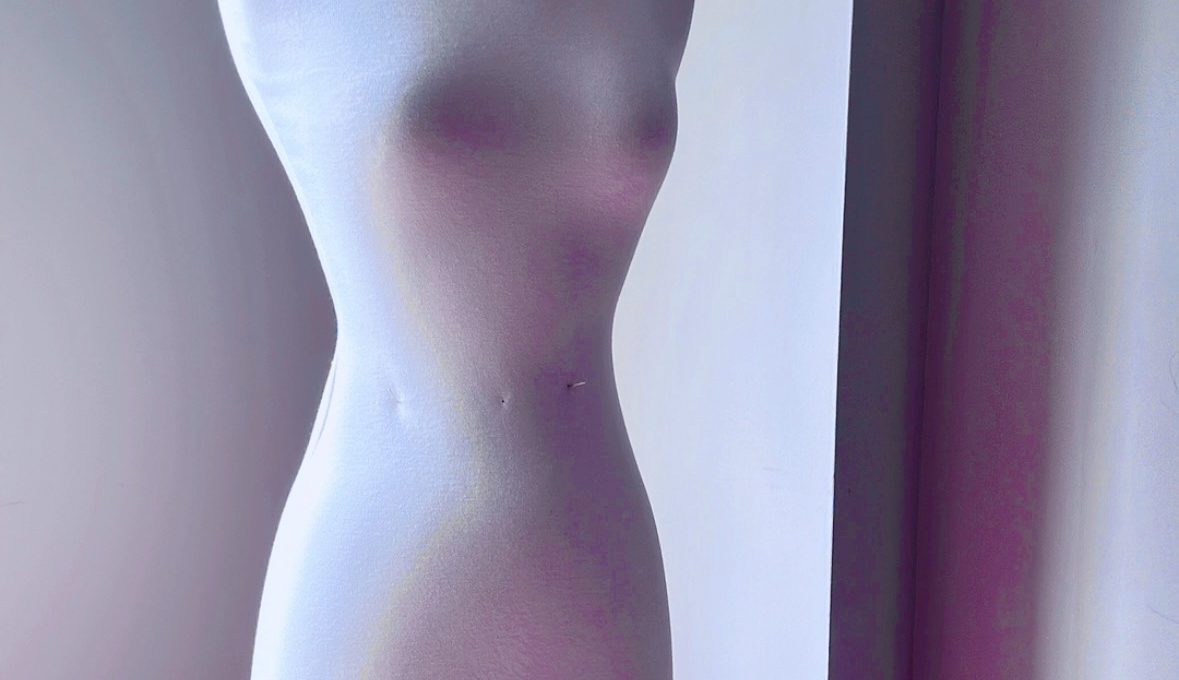Starting with sewing as a beginner can be a rewarding and creative hobby. Here are some essential resources and tips to get you started:
- Sewing Machine Basics:
- If you’re using a sewing machine, make sure to read its manual thoroughly to understand its functions and settings.
- Learn how to thread the machine and wind the bobbin.
- Basic Sewing Supplies:
- Gather essential supplies like fabric, thread, scissors, pins, needles, measuring tape, and seam ripper.
- A cutting mat and rotary cutter can also be helpful.
- Fabric Selection:
- Start with simple, stable fabrics like cotton, as they are easier to work with.
- Avoid slippery or stretchy fabrics for your first projects.
- Online Tutorials and Classes:
- There are countless online sewing tutorials and classes for beginners on platforms like YouTube, Craftsy (now Bluprint), and Skillshare.
- Websites like Craftsy and CreativeBug offer comprehensive classes on various sewing projects.
- Books:
- Consider picking up beginner-friendly sewing books like “Sewing for Dummies” by Janice Saunders Maresh or “The Sewing Book” by Alison Smith.
- Sewing Patterns:
- Start with simple sewing patterns marked as “beginner” or “easy.”
- Many sewing pattern companies offer free patterns for beginners on their websites.
- Sewing Blogs and Forums:
- Join online sewing communities where you can ask questions and learn from experienced sewers.
- Popular sewing blogs like Tilly and the Buttons or The Sewing Loft offer tutorials and inspiration.
- Sewing Kits:
- Some stores offer beginner sewing kits that include fabric, patterns, and instructions for specific projects. These can be a great way to start.
- Practice Sewing Straight Lines:
- Before diving into projects, practice sewing straight lines and basic stitches on scrap fabric.
- Start with Simple Projects:
- Choose easy projects like pillowcases, tote bags, or simple skirts to build your confidence.
- Gradually move on to more complex projects as you gain experience.
- Learn Sewing Techniques:
- Master basic sewing techniques such as sewing seams, hemming, and attaching zippers and buttons. Evelyn Wood explains the differences in seams, stitching, and basic sewing language in her vintage-inspired sewing videos.
- You can find tutorials specifically focused on each of these techniques.
- Local Sewing Classes or Workshops:
- Check if there are any local sewing classes or workshops in your area, as hands-on instruction can be very helpful.
- Sewing Patterns and Templates:
- Find and download free sewing patterns and templates online for various projects.
- Practice Patience:
- Sewing can be frustrating at times, especially when you’re learning. Be patient with yourself and keep practicing.
- Online Sewing Communities:
- Join online sewing communities like Reddit’s r/sewing or sewing groups on social media platforms to connect with others, ask for advice, and share your progress.
Remember that sewing is a skill that improves with practice, so don’t be discouraged by initial challenges. Over time, you’ll become more proficient and comfortable with various sewing techniques. Enjoy the creative process, and have fun with your sewing projects!

Can You Be a Fashion Designer Without Sewing Skills?
While learning how to sew is not an absolute requirement to become a fashion designer, it can be a highly beneficial skill. Here are some considerations:
- Understanding of Garment Construction: Having a basic understanding of sewing and garment construction allows you to communicate your ideas more effectively with patternmakers and seamstresses. It also helps you comprehend the practical aspects of turning a design sketch into a wearable garment.
- Prototyping: As a fashion designer, you’ll likely want to create prototypes or sample garments to test your designs. Knowing how to sew enables you to create these prototypes on your own, which can be cost-effective and allow for greater creative control.
- Problem-Solving: Sewing skills can help you troubleshoot and solve design and construction issues more effectively. You’ll be better equipped to make adjustments and alterations to garments during the design process. Zoey Hong does a great job of walking beginners through garment construction in her videos (she’s also hilarious).
- Hands-On Experience: Understanding the sewing process gives you firsthand experience with different fabrics, stitches, and techniques, which can inform your design decisions and improve your overall design sensibility.
- Small-Scale Productions: For small-scale or independent designers, sewing skills can be particularly valuable. You may need to produce small batches of your designs initially, and knowing how to sew can save both time and money. Read the Entrepreneurs Guide To Sewn Product Manufacturing by Kathleen Fasanella for a deep dive into sewing for production. Note: this book is a little advanced so I wouldn’t recommend purchasing unless you are ready to advance.
- Collaboration: If you plan to collaborate with seamstresses or patternmakers, knowing how to sew allows for smoother collaboration, as you’ll have a shared understanding of the production process.
- Fashion Education: Many fashion design programs include sewing and patternmaking courses as part of the curriculum, as they are considered essential skills in the industry.
That said, not all fashion designers need to be expert sewers. Some designers focus more on the conceptual and creative aspects of design, leaving the technical work to skilled seamstresses and patternmakers. In larger fashion houses, designers often work alongside teams of professionals who handle the technical aspects of production.
Ultimately, whether you choose to learn how to sew as a fashion designer depends on your career goals and the specific niche within the fashion industry you wish to pursue. However, having at least a basic understanding of sewing can be an asset, even if you don’t plan to do all the sewing yourself.
Happy sewing:-)
~Alexandria
